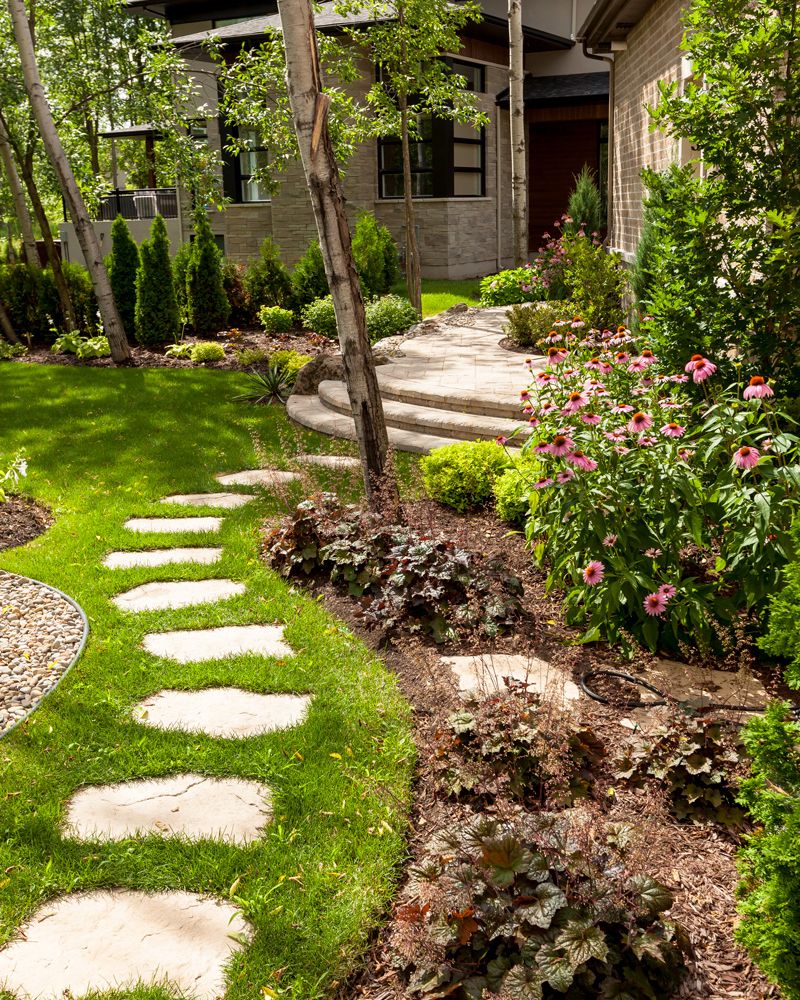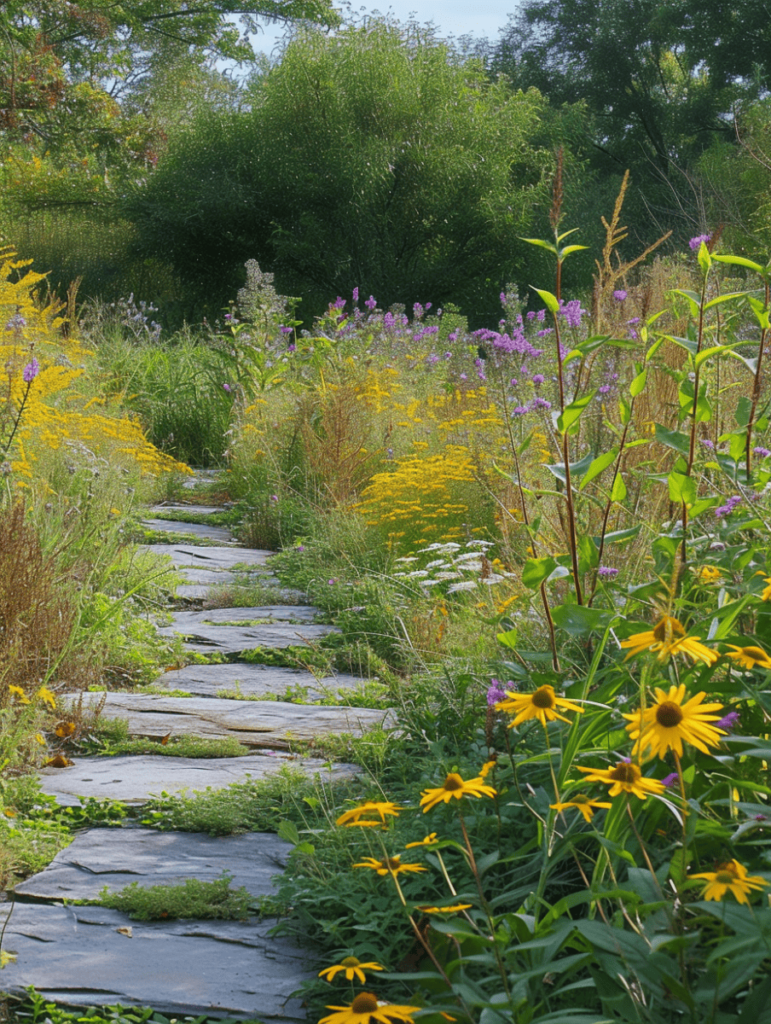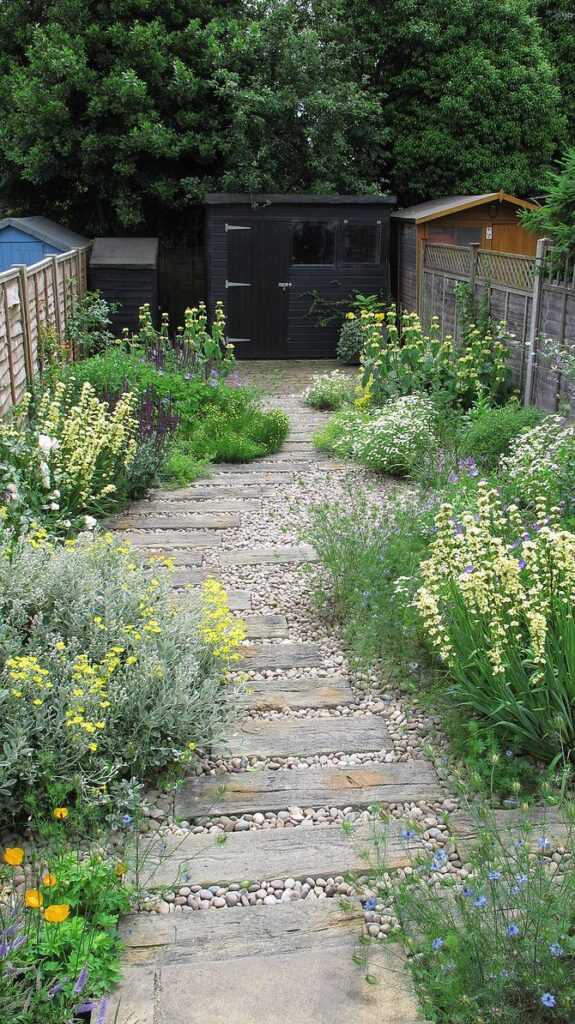Garden paths can serve as the backbone of a well-designed landscape, offering both practical and aesthetic benefits. One of the main functions of a garden path is to provide a clear and defined route for walking through the garden. This not only helps to prevent trampling on delicate plants but also guides visitors through the space in a visually appealing way. By creating a designated path, you can control the flow of foot traffic and ensure that visitors are able to enjoy all areas of the garden without causing damage.
In addition to their functional purpose, garden paths can also enhance the overall aesthetic of a garden. A well-designed path can add structure and definition to the space, creating visual interest and drawing the eye towards certain focal points or garden features. Whether you choose a simple gravel path, a winding stone walkway, or a more elaborate design with intricate patterns, the path can help to tie together different elements of the garden and create a cohesive and harmonious look.
When planning a garden path, it is important to consider both the practical and aesthetic aspects of the design. The path should be wide enough to comfortably accommodate foot traffic, with room for plants and other elements to spill over the edges. The materials used for the path should be durable and weather-resistant, ensuring that it will stand up to the rigors of outdoor use. Additionally, the path should be designed to complement the overall style and theme of the garden, whether it be formal and structured or more natural and informal.
Incorporating features such as lighting, seating areas, or stepping stones can further enhance the functionality and visual appeal of a garden path. Lighting along the path can help to create a magical ambiance in the evening hours, while seating areas provide opportunities for relaxation and contemplation. Stepping stones can add a whimsical touch to the path, inviting visitors to explore different areas of the garden and discover hidden treasures along the way.
Ultimately, a garden path is more than just a way to get from point A to point B – it is an integral part of the landscape design that can elevate the beauty and functionality of your outdoor space. By carefully planning and designing a path that complements the existing elements of the garden, you can create a welcoming and inviting atmosphere that encourages exploration and enjoyment. Whether you are looking to create a formal garden with structured pathways or a more naturalistic setting with meandering trails, a well-designed garden path can help to bring your vision to life and make your outdoor space truly special.

















